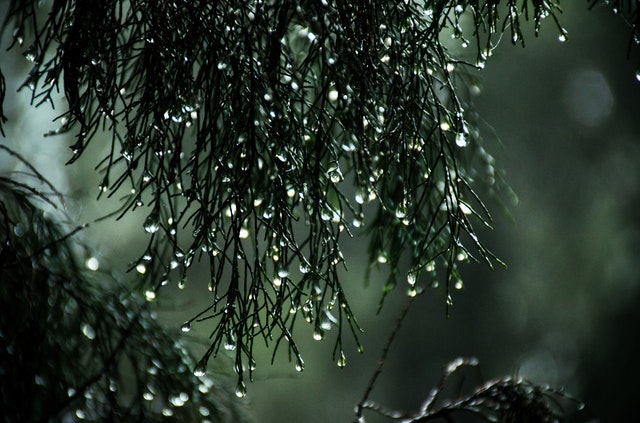
There used to be a time when people did not worry much about the cleanliness of the water stored in their rainwater storage tanks. But that time has long gone. Today, due to the amount of pollution in the earth’s atmosphere and surface as well as the numerous harmful substances applied to almost everything around us, rainwater intended for use in different tasks and chores at home that require water may need to go through several procedures to become suitable for those tasks.
Of course, it’s also important to watch out and remove every single naturally-occurring thing that can compromise the quality of water in the tank. Examples include algae, dust, sand, leaves, and animal droppings.
Below are features of the many different ways to ensure that the things that can compromise the quality of collected and stored rainwater do not end up in the rainwater tank.
* Screening Mechanisms
These form part of the standard rainwater harvesting set-up, and include gutter and downpipe screens, mosquito mesh (on the rainwater tank), and a first flush device (which removes the filthy first flow of rain after several dry days). They are capable of preventing the entry of different particulates into the rest of the rainwater harvesting system, but even the best ones can still permit the entry of a number of unwanted particles. This is where the other entries come into the picture.
* Filtration Devices
Filtration devices, like the above, also form part of the standard rainwater harvesting set-up, and their role in the system is the removal of debris from water. Examples include paper filters, carbon filters, and screen filters.
Multiple filters need to be part of all systems, even the simplest ones. You can have the following setup: a number of gutter screens, one first flush device, a couple of in-line filters of varying fineness, one carbon filter, and one UV light.
Filtration Devices and Disinfection
The filters that are best for a rainwater harvesting system are those with holes whose sizes are best measured in microns. For perspective, a micron measures 1/25,000th of one inch. To make the size of the micron clearer to you, consider that a single particle of sand measures 100 – 1,000 microns, the circumference of a strand of human hair 100 microns, dust is around 1 micron, and a virus .01 micron or smaller.
All things considered, it follows that filters with smaller holes are better. The thing is, finer filters cost higher and process the water slower than the less finer filters.
They also cannot eliminate every single harmful substance that raindrops pick up. This is where disinfection comes in.
Disinfection Options
There are a number of ways to disinfect rainwater: chlorinization, ozonization, UV light, and membrane filtration. While all of these methods are really effective, there are some that result in unhealthy byproducts, which you will need to treat or remove afterwards.
While it’s sad that a lot of time and finances need to be invested nowadays in order to truly reap the benefits of the use of rainwater in a number of chores that require the use of water, the investment will eventually be returned to you in the form of more savings on your monthly water bill. Investing in screening, filtration, and disinfection options together with your rainwater steel tank is totally worth it!



Leave A Comment